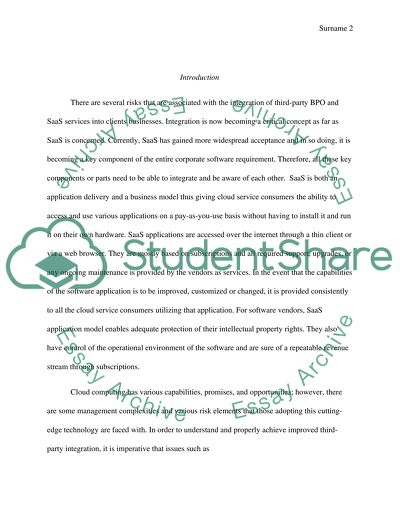Cite this document
(“Improving Third Party Service Integration The Cloud, SAAS, BPO Essay”, n.d.)
Retrieved from https://studentshare.org/information-technology/1395013-improving-third-party-service-integration-the-cloud-saas-bpo
Retrieved from https://studentshare.org/information-technology/1395013-improving-third-party-service-integration-the-cloud-saas-bpo
(Improving Third Party Service Integration The Cloud, SAAS, BPO Essay)
https://studentshare.org/information-technology/1395013-improving-third-party-service-integration-the-cloud-saas-bpo.
https://studentshare.org/information-technology/1395013-improving-third-party-service-integration-the-cloud-saas-bpo.
“Improving Third Party Service Integration The Cloud, SAAS, BPO Essay”, n.d. https://studentshare.org/information-technology/1395013-improving-third-party-service-integration-the-cloud-saas-bpo.


